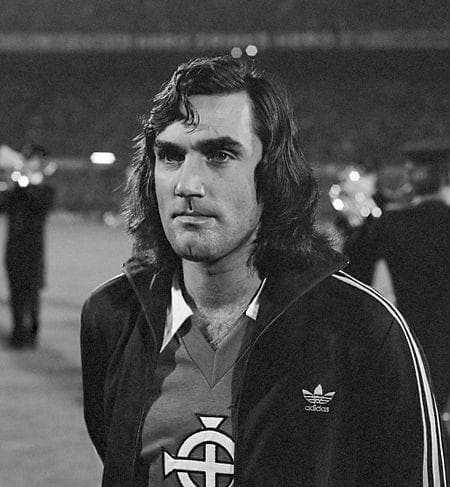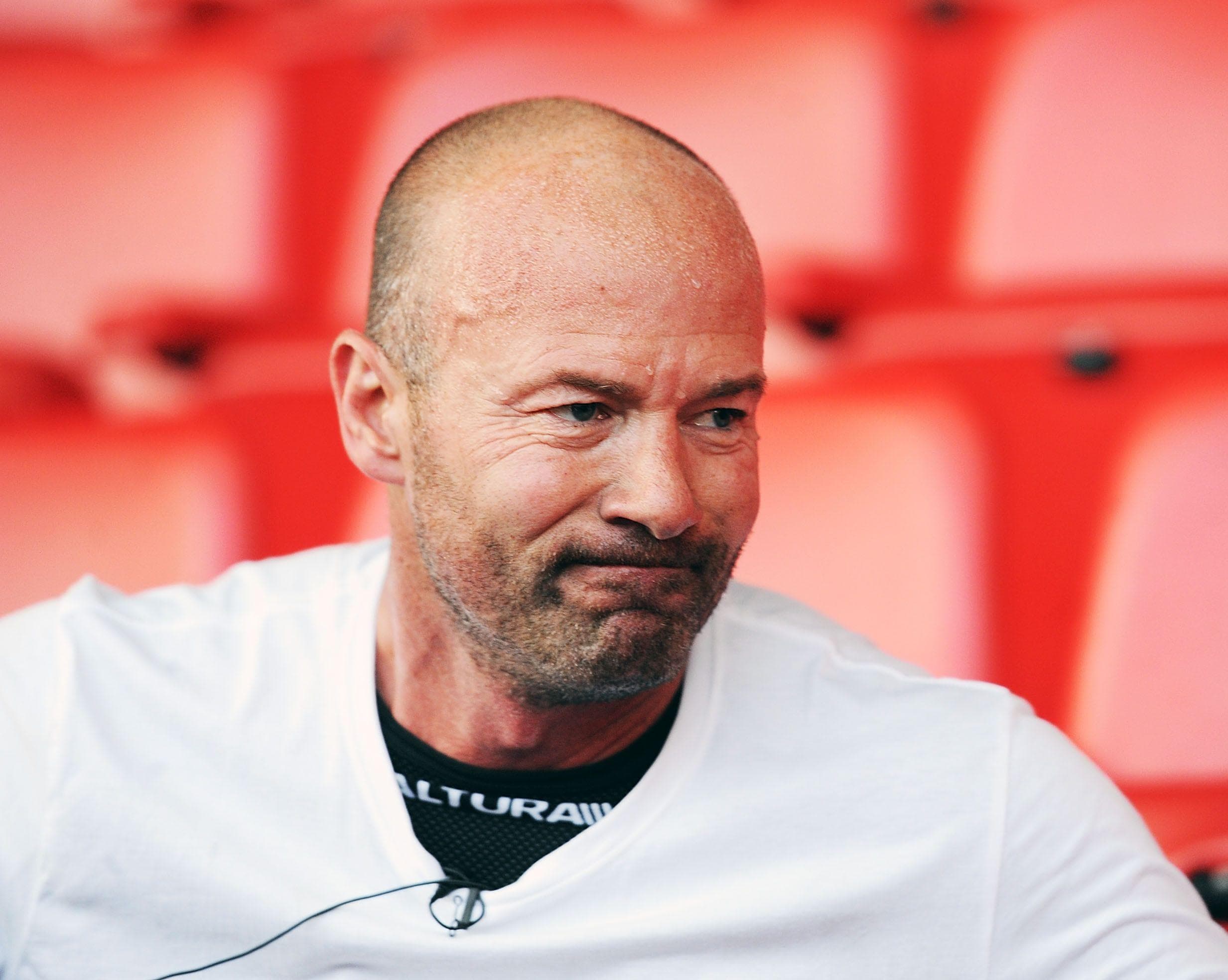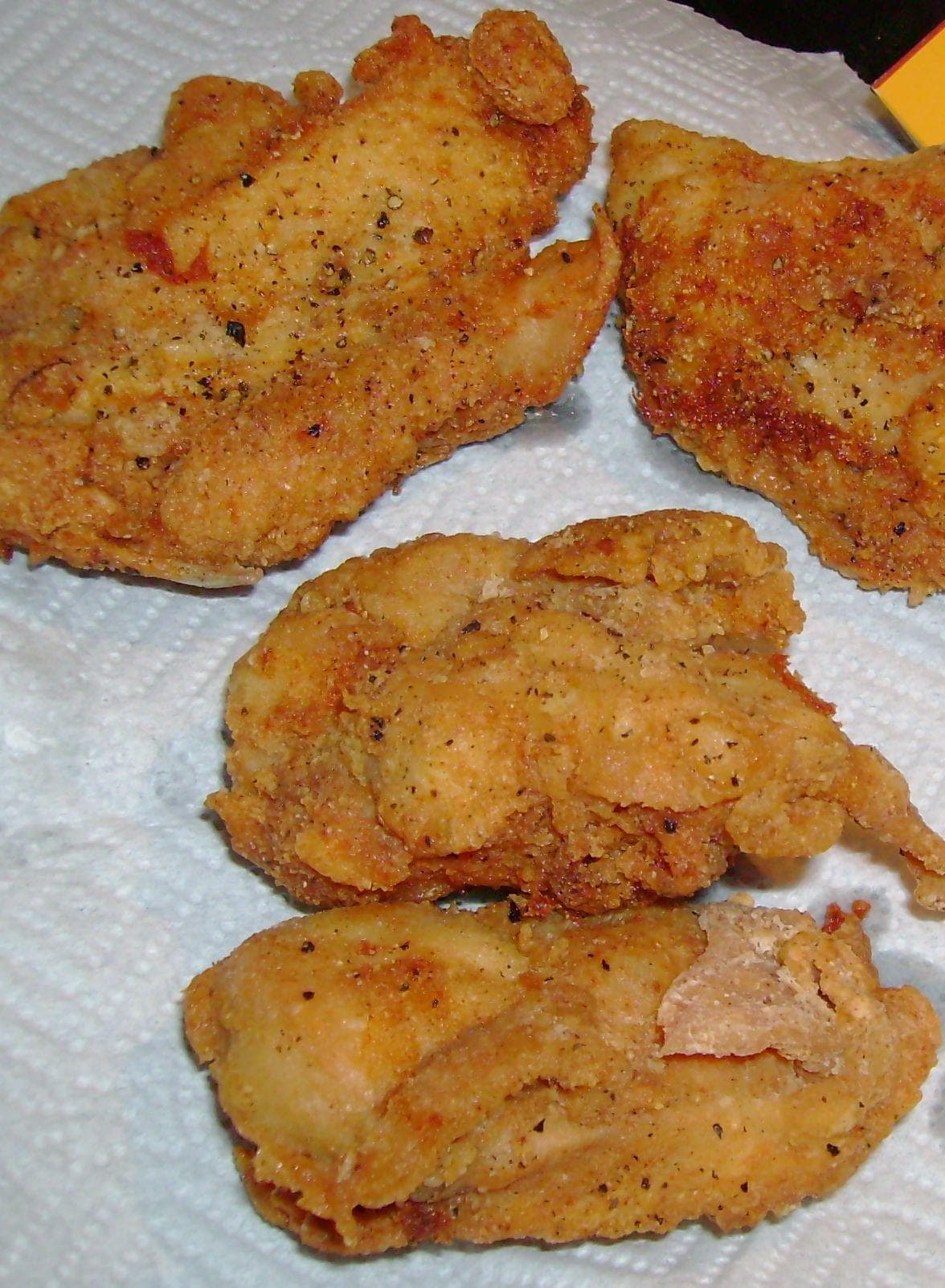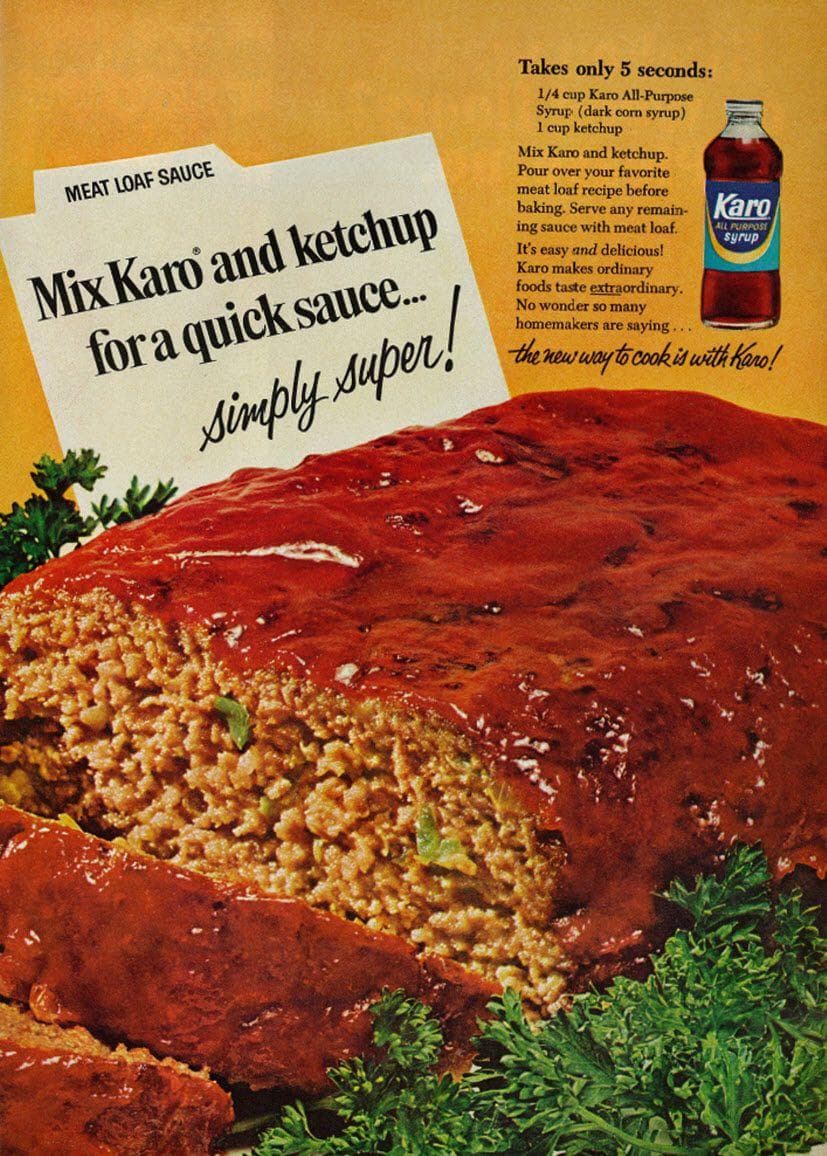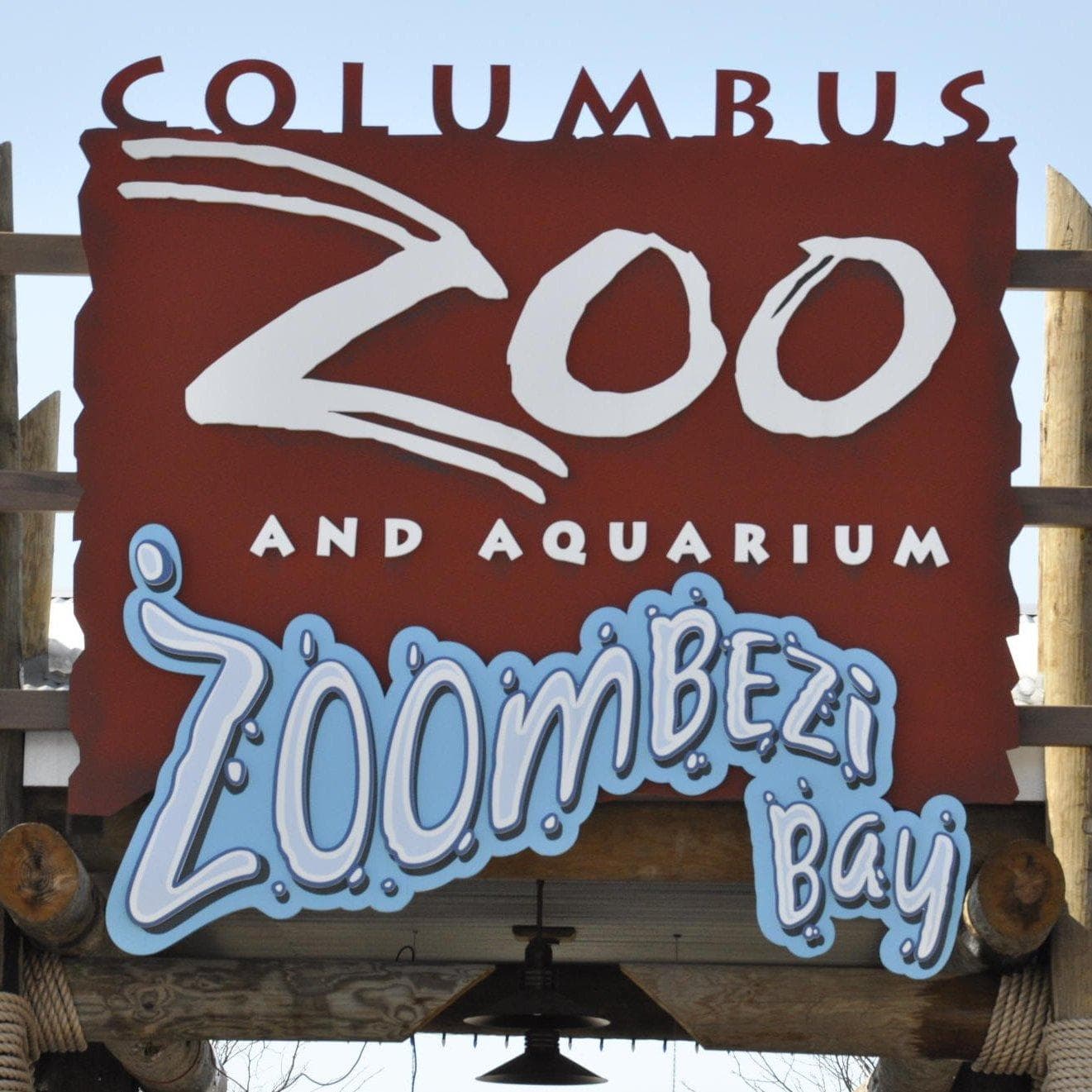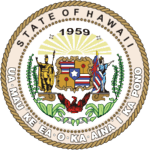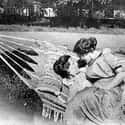-

(#9) Some Middle-Class Gay Women Self-Identified As ‘Lesbians’
While many lesbians married men for the sake of survival, they would often continue their “bisexual activities” in private. The appearance of their heterosexual marriages guarded them from stigma and possible legal consequence.
Not all lesbians were in hiding, however. There were a handful of safe enclaves where lesbians were still able to congregate, albeit in a more clandestine fashion. These spaces were often found in college campuses, summer camps, and communal living situations.
Due to the financial barriers to accessing many of these spaces, these communities were primarily comprised of middle-class women.
-

(#2) New York Police Began Actively Trying To Entrap Gay Men
In 1923, New York State adopted a law that made it illegal for one man to invite another to have intimate relations. Due to the number of gay people living and working in New York during this time, offenders were only prosecuted selectively and at random. It didn't become a widespread occurrence until the beginning of the Great Depression.
Apart from full-on bar raids, the primary means of detaining cruising men was police entrapment. Attractive plainclothes officers would enter the bars and engage in flirtatious conversations with men, only to arrest them if the men offered to leave the establishment to hook up.
According to "Social Factors in Case Histories of 100 Underprivileged Homosexuals," a 1938 mental health study, 97% of gay men prosecuted for sexual offenses in a single year were adult men soliciting consensual relations with other adults.
-
(#6) Lesbianism Came To Be Seen As A Major Threat To Heterosexual Marriage
During the economic hardships of the 1930s, heterosexual men were self-conscious about their inability to provide for their wives and families. When this was sublimated into their gendered self-conception, lesbians became an issue.
Heterosexual marriage was built on the concept of a man providing and a woman nurturing, so the idea of women performing both roles was a threat to the sanctity of heterosexual marriage. It upended common expectations of gender roles, which many anti-gay advocates claimed was part of the social decay that brought on the Great Depression.
By contrast, bisexuality was more permissible, since it allowed for the possibility of a heterosexual dynamic.
-
(#12) Many Felt The Economic Downturn Was An Affront To Traditional Masculinity
The sudden disappearance of the public gay world was, at its core, an issue of gendered self-expression and understanding.
Both male and female homosexuality was viewed as a threat to masculinity. Many moral authorities claimed that the Depression was a direct result of perversion and experimentation, and the concepts being perverted and experimented upon were gender roles. A manly woman was considered a failed woman and a false man, a feminine man a weak man and a grotesque mockery of a woman.
While homophobia was the obvious activating force behind the new conservatism of the 1930s, it may not have been so targeted. Many people were not as fearful of gay people as they were “rocking the boat” in any capacity. During this turbulent era, Americans worried that any deviation from "traditional norms" could make the financial situation even worse than it was already.
-

(#10) Gay Groups Challenged The Prohibitions Brought Against Them
While their campaigns were largely unsuccessful, there were several organized attempts to fight back against the new prohibitions on gay bars and public spaces. The Mattachine Society and Daughters of Bilitis, gay male and female groups respectively, were formed in the 1950s to take the state to court.
While the activities of these groups are beyond the purview of what happened during the Great Depression itself, the founding members came up as gay youths and young adults during the rise and fall of gay public life. Their experiences ignited their desire to challenge state intervention in their lifestyles.
-
(#1) The '30s Put An End To The Drag Balls That Flourished In 1920s New York
Drag balls were part of the heightened state of expression that defined the raucous 1920s. In New York City, these events drew crowds of thousands of dancers, performers, and curious heterosexual onlookers.
Notably, while segregation was the norm throughout the United States, drag balls were an integrated event - though white performers were much more likely to win prizes from the white judges.
The poet Langston Hughes described his experience at a 1920s drag ball:
[The] height of the New Negro era and the tourist invasion of Harlem, it was fashionable for the intelligentsia and social leaders of both Harlem and the downtown area to occupy boxes at this ball and look down from above at the queerly assorted throng on the dancing floor, males in flowing gowns and feathered headdresses and females in tuxedoes and box-back suits.
The burgeoning ball circuit of New York City crashed to a halt when the Great Depression began. Many blamed the rowdiness and "cultural experimentation" of the 1920s for the economic collapse, and the gay community was a convenient scapegoat.
Fearing aggression or financial retribution against their families and loved ones, many ball attendees left gay public life.
New Random Displays Display All By Ranking
About This Tool
Homosexuality has not always been taboo in history. People are now keen to emphasize that this is a natural behavior, which is engraved in human genes. In the 1920s, gay self-expression became more common in the United States, although still subject to discrimination and attacks, sexual liberation was a product of contemporary social development. There are many hidden gay clubs and masquerades in urban, and Hollywood has even begun to produce movies with gay characters.
In the mid-1920s, before The Great Depression, gay events could even attract more than 7,000 people from all races and social classes, including not only gay but also lesbian, bisexual, transgender, and even heterosexual people. Here the random tool introduced 12 detailed information about gay self-expression in the 1920s.
Our data comes from Ranker, If you want to participate in the ranking of items displayed on this page, please click here.

